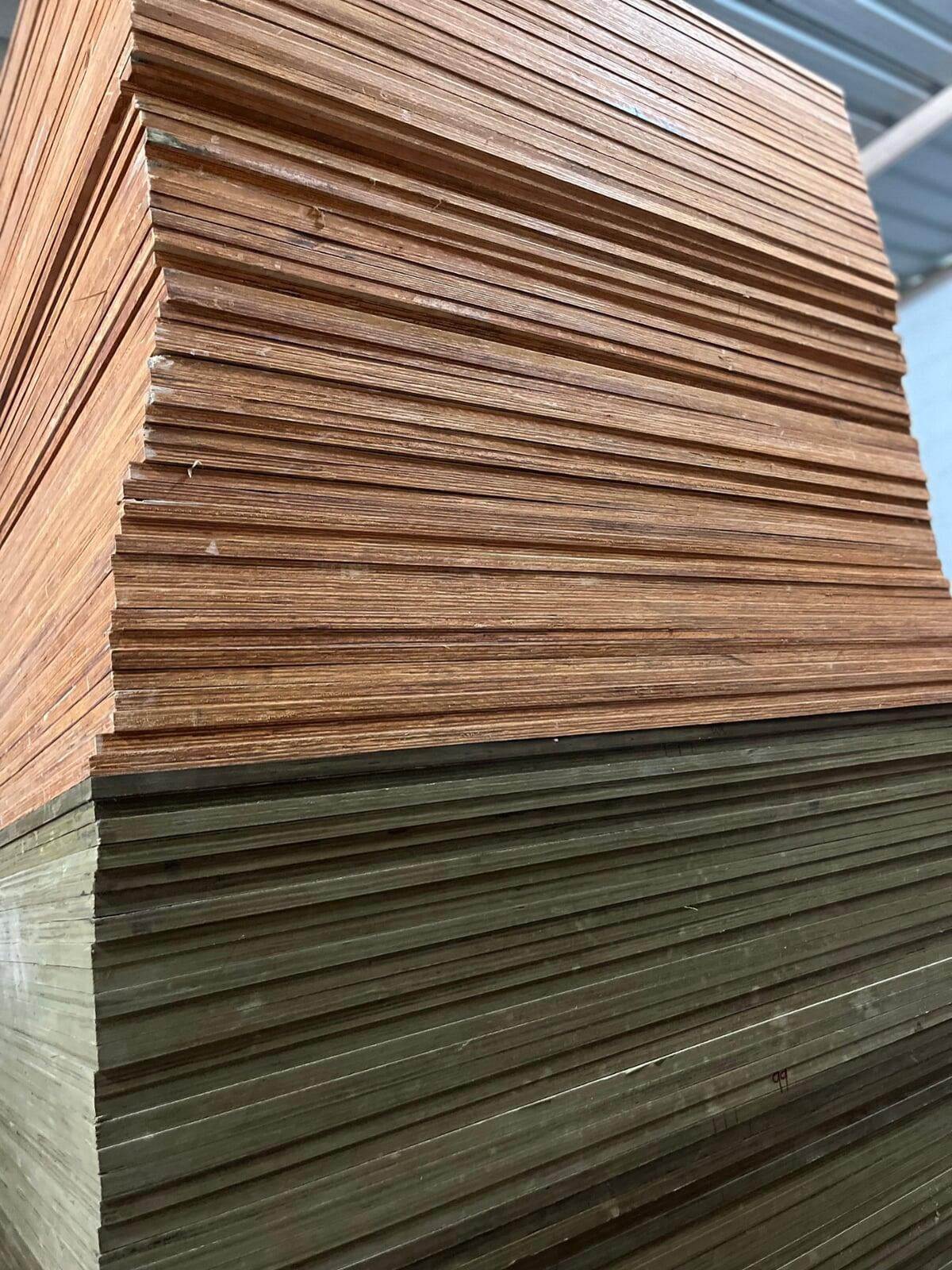Introduction
The plywood industry in India has witnessed significant advancements in technology and innovation in recent years, leading to the development of new products and solutions that offer enhanced performance, durability, and sustainability. From improved manufacturing processes to innovative materials and finishes, the Indian plywood industry continues to push the boundaries of what is possible. In this blog, we'll explore some of the latest innovations in plywood technology and their impact on the industry.

Enhanced Bonding Techniques: One of the key areas of innovation in plywood technology is the development of advanced bonding techniques. Manufacturers are investing in research and development to improve adhesive formulations and bonding processes, resulting in stronger and more durable plywood panels. These advancements ensure better resistance to delamination, warping, and moisture damage, making plywood suitable for a wider range of applications, including outdoor use and high-moisture environments.
Engineered Wood Products: The Indian plywood industry is increasingly focusing on the production of engineered wood products, such as Medium Density Fiberboard (MDF), Particleboard, and Oriented Strand Board (OSB). These products offer distinct advantages over traditional plywood, including uniformity, consistency, and dimensional stability. Engineered wood products are being used in various applications, including furniture manufacturing, interior construction, and decorative panels, driving innovation and growth in the industry.
Sustainable Practices: With growing awareness of environmental issues, sustainability has become a key focus area for the plywood industry in India. Manufacturers are adopting sustainable forestry practices, sourcing wood from certified forests, and implementing eco-friendly manufacturing processes to reduce environmental impact. Additionally, there is a growing trend towards the use of alternative materials, such as bamboo and agricultural residues, to produce plywood and engineered wood products, further contributing to sustainability efforts.
Digital Manufacturing and Automation: Advancements in digital manufacturing and automation technologies are revolutionizing the plywood industry, streamlining production processes, improving efficiency, and reducing waste. Computer-controlled machinery and robotics are being used to optimize cutting, shaping, and finishing operations, resulting in higher productivity and precision. Additionally, digital design software allows manufacturers to create customized plywood panels with intricate patterns, textures, and finishes, catering to the evolving needs of architects, designers, and consumers.
Improved Surface Finishes: Innovations in surface finishing technologies have led to the development of plywood panels with enhanced aesthetics and performance. Manufacturers are offering a wide range of surface finishes, including textured, embossed, and decorative laminates, as well as high-gloss and matte finishes. These finishes not only enhance the visual appeal of plywood but also provide added protection against scratches, abrasion, and UV damage, ensuring long-lasting beauty and durability.
Conclusion
The Indian plywood industry is undergoing a period of rapid transformation, driven by technological advancements, sustainability initiatives, and changing consumer preferences. From enhanced bonding techniques to engineered wood products and sustainable practices, manufacturers are continuously innovating to meet the growing demand for high-quality, environmentally friendly plywood solutions. As the industry continues to evolve, we can expect to see further innovations that will shape the future of plywood technology in India and beyond.






